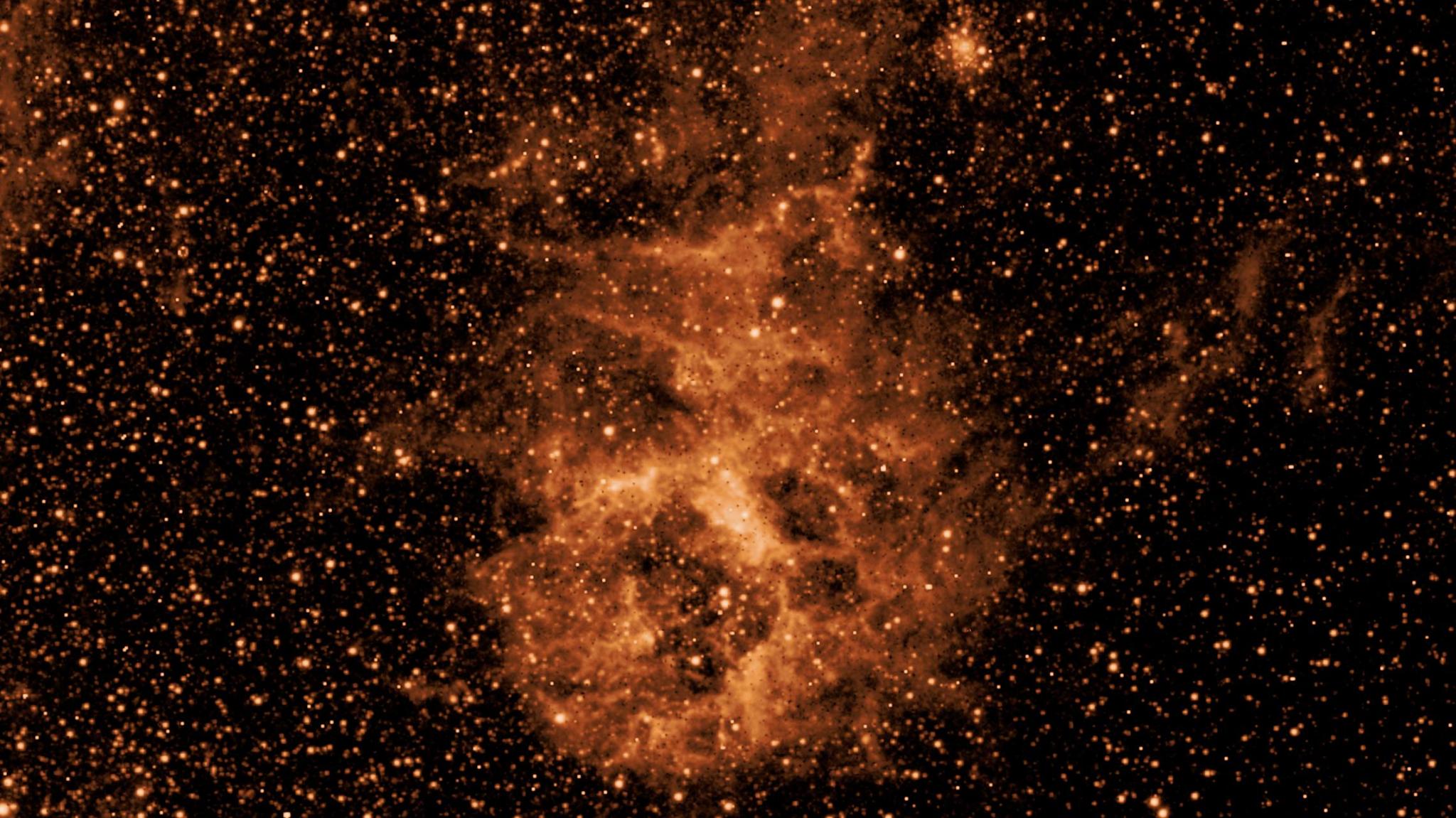
A soot-like cloud is revealed in a section of the sky in this May 1, 2025, image from NASA'S SPHEREx space observatory. On May 1, SPHEREx began regular science operations, which consist of taking about 3,600 images per day for the next two years to provide new insights about the origins of the universe, galaxies, and the ingredients for life in the Milky Way. The observatory won't be the first to map the entire sky, but it will be the first to do so in so many colors. It observes 102 wavelengths, or colors, of infrared light, which are undetectable to the human eye.
When SPHEREx takes a picture of the sky, the light is sent to six detectors that each produces a unique image capturing different wavelengths of light. These groups of six images are called an exposure, and SPHEREx takes about 600 exposures per day. When it's done with one exposure, the whole observatory shifts position - the mirrors and detectors don't move as they do on some other telescopes.






